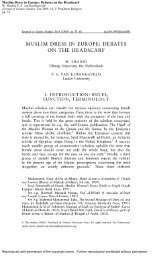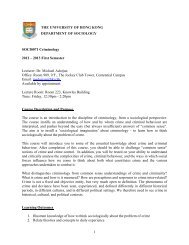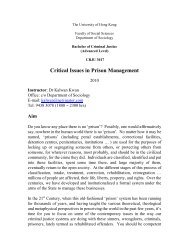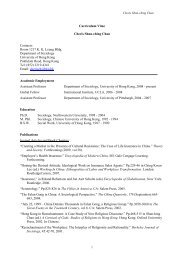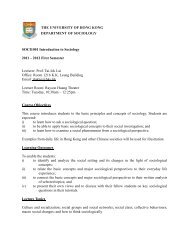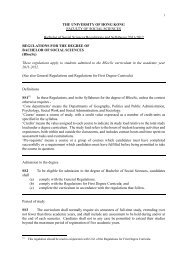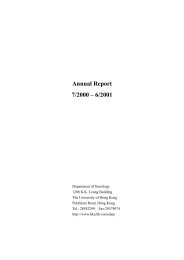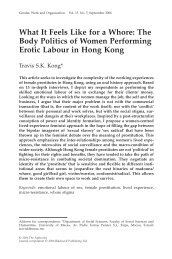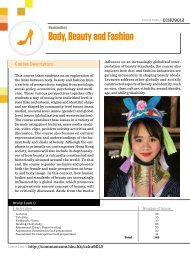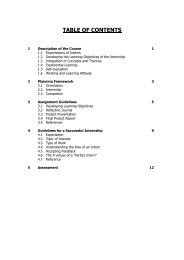The Massacre at the Fosse Ardeatine. History, Myth, Ritual, and ...
The Massacre at the Fosse Ardeatine. History, Myth, Ritual, and ...
The Massacre at the Fosse Ardeatine. History, Myth, Ritual, and ...
Create successful ePaper yourself
Turn your PDF publications into a flip-book with our unique Google optimized e-Paper software.
So <strong>the</strong> bodies were recognised through <strong>the</strong> clo<strong>the</strong>s <strong>the</strong>y wore, through details, photographs,<br />
papers. This process of identific<strong>at</strong>ion went on for months <strong>and</strong> months. And meanwhile <strong>the</strong><br />
memory was being appropri<strong>at</strong>ed by <strong>the</strong> public; it was becoming a n<strong>at</strong>ional memory.<br />
Thus, two types of ritual arose. First <strong>the</strong>re were <strong>the</strong> priv<strong>at</strong>e responses:<br />
how should <strong>the</strong> dead<br />
be mourned? Rome in 1944 was a very sou<strong>the</strong>rn city, its popul<strong>at</strong>ion largely made of<br />
first-gener<strong>at</strong>ion immigrants from <strong>the</strong> rural south. <strong>The</strong>y brought an extremely emotional way<br />
of mourning <strong>the</strong> dead, described in a number of ethnographies in Sou<strong>the</strong>rn Italy, involving<br />
crying, losing control, just letting go. Carfla Capponi, a partisan who accompanied <strong>the</strong> wife of<br />
one of <strong>the</strong> killed, recalls:<br />
All her rel<strong>at</strong>ives were <strong>the</strong>re, her son was <strong>the</strong>re, <strong>and</strong> I realised this was a hellish place,<br />
because all <strong>the</strong> parents had to recognise those pieces of bodies.<br />
And it was a<br />
frightening scene. <strong>The</strong>y were screaming as <strong>the</strong>y carried out <strong>the</strong>se bodies. Wh<strong>at</strong> can<br />
I say?<br />
It was a tragedy you didn’t know how to resist, to see <strong>the</strong> trembles.<br />
I think tragedy has to be taken literally here, because <strong>the</strong> voices, <strong>the</strong> gestures, are <strong>the</strong> voices of<br />
<strong>the</strong> ancient Mediterranean <strong>the</strong><strong>at</strong>re – archaic Greek <strong>and</strong> Sou<strong>the</strong>rn Italian <strong>the</strong><strong>at</strong>re.<br />
So you have<br />
scenes described in <strong>the</strong> papers of very archaic forms of keening for <strong>the</strong> dead, like <strong>the</strong> image of<br />
an old woman with a h<strong>and</strong>kerchief; scenes such as used to be seen in Lucania, [British<br />
ignorance: is Lucania ancient, or simply sou<strong>the</strong>rn? Both: it has ancient roots, <strong>and</strong> used to be<br />
very sou<strong>the</strong>rn, rural <strong>and</strong> isol<strong>at</strong>ed. It’s <strong>the</strong> region Carlo Levi writes about in “Christ stopped <strong>at</strong><br />
Eboli”] moving rhythmically <strong>and</strong> crying, until <strong>the</strong> crying <strong>and</strong> <strong>the</strong> screaming become singing<br />
<strong>and</strong> poetry <strong>and</strong> rhythm, <strong>and</strong> it soo<strong>the</strong>s.<br />
13




